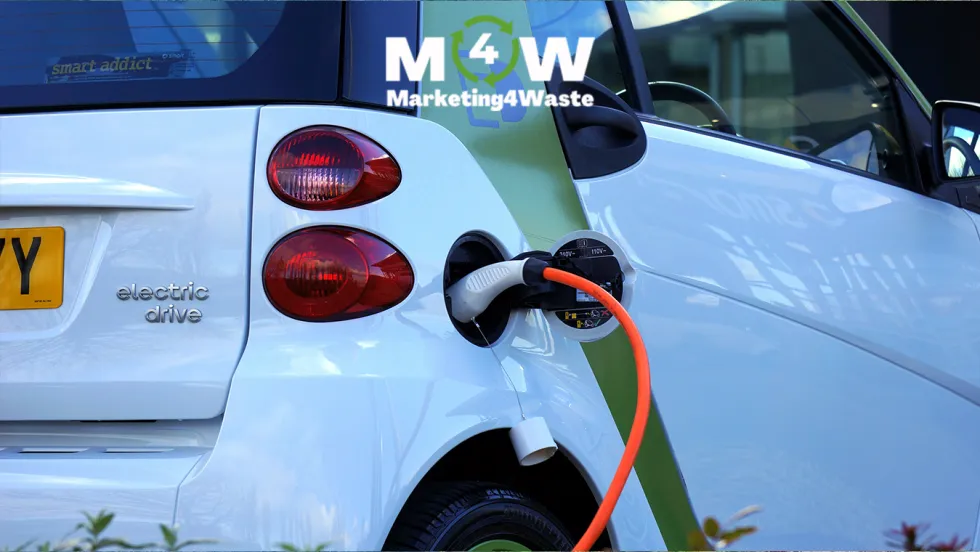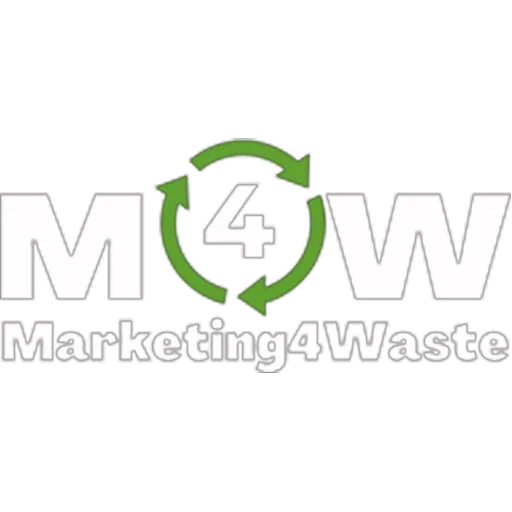Increase the Revenues of Your Waste Company With the Tips Shared in Our Blog Articles

Are Electric Vehicles Really Green?
Discover how marketing for waste management companies can assist electric vehicle manufacturers all over the world in their transition to carbon-free production.
I’m sure my headline shocked you.
I had to do it.
Too many people are discussing electric mobility without understanding the true background or the impact that the production of a single car has on our planet.
An impact that can be mitigated only if the manufacturing process is part of a virtuous circle in which you, as waste manager, participate.
Yes, because everything starts with ensuring that the electric mobility market undergoes a true ecological transition, avoiding what happens now, where producing an electric vehicle requires you to waste a hectare of land.
But I’m taking it one step at a time.
Yes, because I know you’re wondering, “What does it mean to waste an acre of land?”
You’ll find out soon enough.
First, let me provide you with an overview of the size of the market.
I’ll focus on the automobile market, excluding the commercial vehicle market because, unfortunately for all of us, they appear to be less interesting in terms of numbers.
In fact, the global passenger car market sold 66.7 million vehicles in 2021 alone, with electric vehicles accounting for slightly more than 10% of the total.
This means that in 2021 alone 6.75 million electric cars were produced and sold. This was 108% growth compared to the year 2020 making this a very significant figure.
In short, it appears that electric vehicles are gaining market share, and this does not include urban mobility provided by scooters, bicycles, and electric scooters.
However, last year the world’s largest producers of electric vehicles announced significant delay in deliveries. In fact, there was talk of delays of up to 6 months and in some cases up to 12 months.
Among the reasons given were delays caused by a lack of sufficient personnel due to the pandemic, as well as a global logistical crisis, and so on and so forth.
I know what you’re wondering: what does all of this have to do with the fact that I, as a waste manager, can help make the electric mobility market green?
I’m getting there.
Yes, because, as I previously stated, various shortages (personnel and logistics) have characterized the market and caused so much turmoil; however, everything that has truly slowed production has been a scarcity of some essential raw materials: rare earth, lithium, and cobalt.
Don’t worry, I’ll answer your question (what do you have to do with these raw materials).
In fact, you should be aware that an electric vehicle, in this case a car, is rich of the rare earth elements that are found on the periodic table.
These elements were named after the rare oxide-type minerals from which they were isolated, as well as a smelting technique used in the 18th century that classified them as earths because they are strongly basic water-insoluble oxides of electropositive metals that cannot be melted into metal.
Beyond the chemical classification, which I have reported to you for the record, what is important is that these elements are now essential to the technologies that run in your car, cell phone, television, PC, and other devices.
Unfortunately, these elements are not found in their pure form, but are found in association with other minerals in the earth’s crust in quantities ranging from a few grams to hundreds of grams per ton.
Yes, you read that correctly: we’re only talking about 100 grams per ton of material. This demonstrates how much effort is required to obtain 1 kg of pure material.
What if I told you that there are between 9 and 11 kg of these minerals in an electric car?
Not so little, right?
Consider that the average gasoline car contains up to 4.5 kg of these minerals. Just to give you a reference.
In fact, to produce one ton of rare earths, 75 tons of acid waste and one ton of radioactive waste are generated, resulting in the movement of no less than 10,000 tons of material.
However, when you consider that mines around the world have an impact on the environment with values ranging from 1.9 to 5.1 gigatons of CO2 equivalent, you can see that my initial question about how green electric vehicles really are is more than legitimate.
When the CO2 produced by the mining process is added to the CO2 produced by the transportation of these materials to the manufacturing sites, the overall environmental impact increases.
To the point where my question is more than legitimate and, as you can see from a quick Google search, leads to a plethora of studies and research on the subject. (If you have any questions, please do not hesitate to contact me.)
In short, the impact is not significantly different from that of a natural gas-powered vehicle.
And this is not my opinion, but the findings of numerous studies.
Nonetheless, I am confident that electric vehicles are a viable long-term solution, but they have yet to be included in a proper procedure.
A process that analyzes the overall impact.
This is undoubtedly due to the fact that it is still a young market; we have been witnessing its expansion for the past ten years. And this is especially true given that the world has been undergoing a significant global energy transition over the last decade.
That is why you, as a waste management owner, must get involved.
Especially if you’re in the business of collecting and disposing of hazardous waste derived from the raw materials I mentioned (rare earths, lithium cobalt, gold, platinum, palladium, etc.).
So, if you’re in the business of collecting waste such as TVs, PCs, cars, cell phones, and so on, you’re sitting on a gold mine.
In the true sense of the word, because for every ton of smartphones, approximately 300 grams of gold are extracted, as opposed to the 30 grams extracted from a ton of soil containing a gold vein.
Second, electric vehicle manufacturers are beginning to announce their commitment to the transition to carbon-free producers.
Transitioning to zero-emission vehicles entails reducing the production impact of their vehicles. This impact will also include the raw materials I mentioned earlier.
But what does that mean for you in waste management?
For you, this means that by promoting the collection process to your customers, most of whom are citizens, you will be able to obtain large quantities of secondary raw materials to resell, actively contributing to their transition.
I’m sure you’re wondering how I do it.
Let me tell you that the first thing you will need to do in order to be an active part of the transition process is to be an active part of the communication.
So this is where your marketing must communicate the significance of the raw materials in the smartphone in the drawer or the old laptop abandoned in the garage.
Simultaneously, you’ll need to begin knocking on the doors of potential buyers of these materials in order to establish a secondary raw material resale market.
And let me tell you that, even in this case, marketing will be your ally, as it will communicate the supply chain advantage you can offer in addition to the services related to the product, in addition to the technical characteristics (aligned with quality standards).
In short, you have a lot of potential ahead of you.
It’s up to you to seize the opportunity.
If you want to be guided in this, please book a discovery call here; my team and I will be happy to walk you through the process step by step so that you can seize this opportunity.
Be The Change
Sam,


© 2026 Marketing4waste - All Rights Reserved,
Marketing4Waste is a brand of MiM MarketingInterimManagers LLC
+1 801 804 5730

